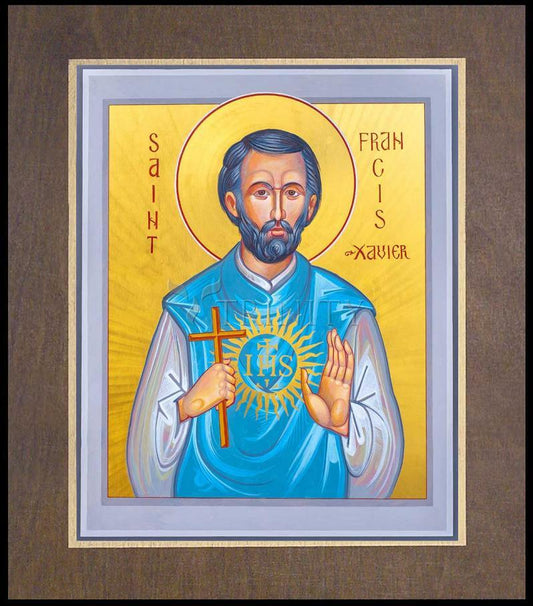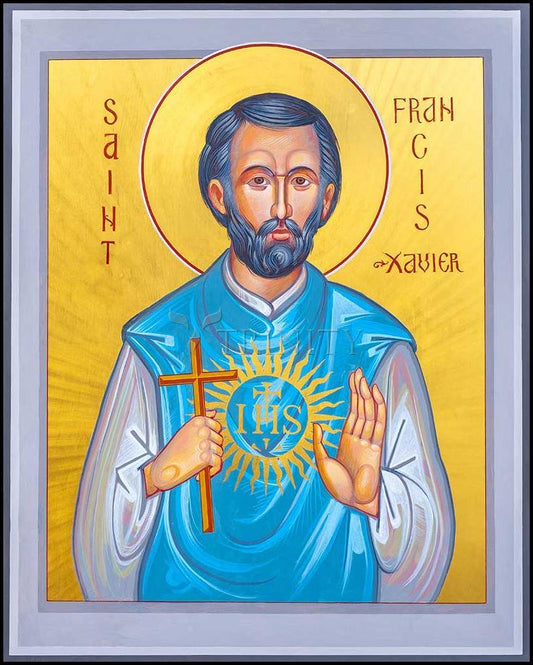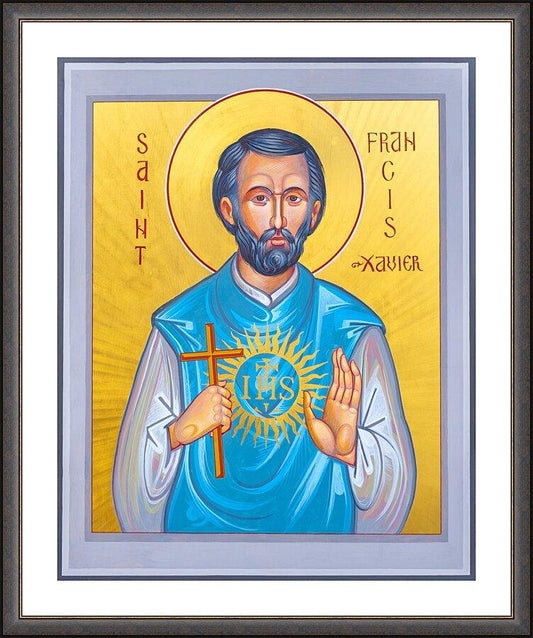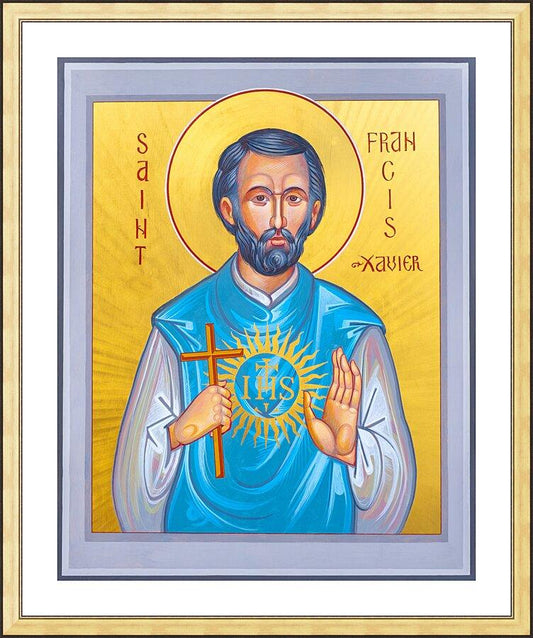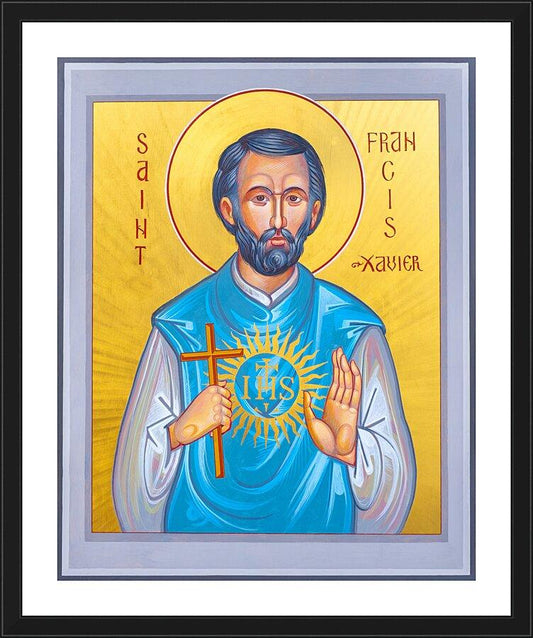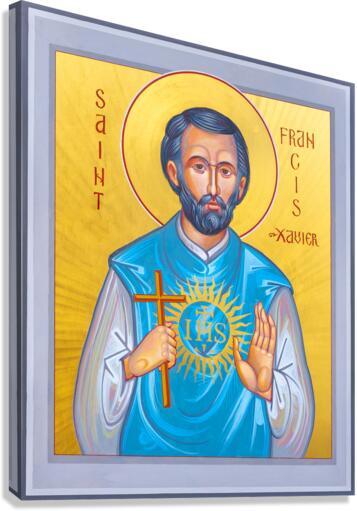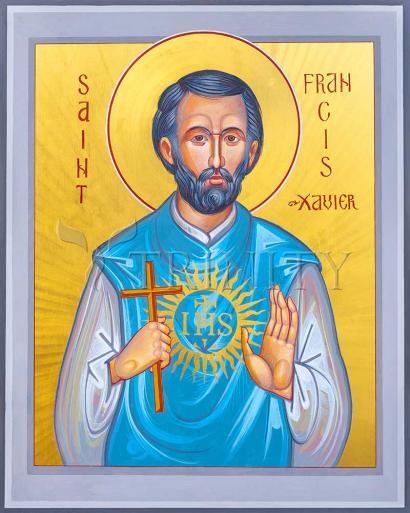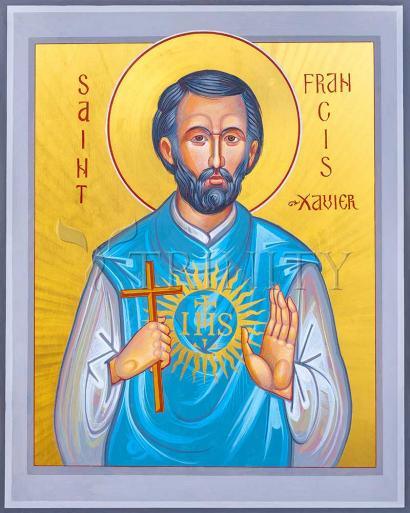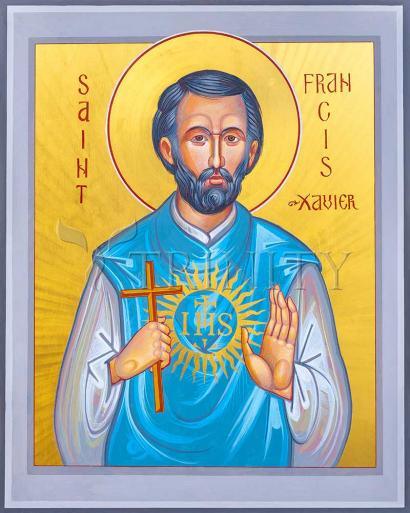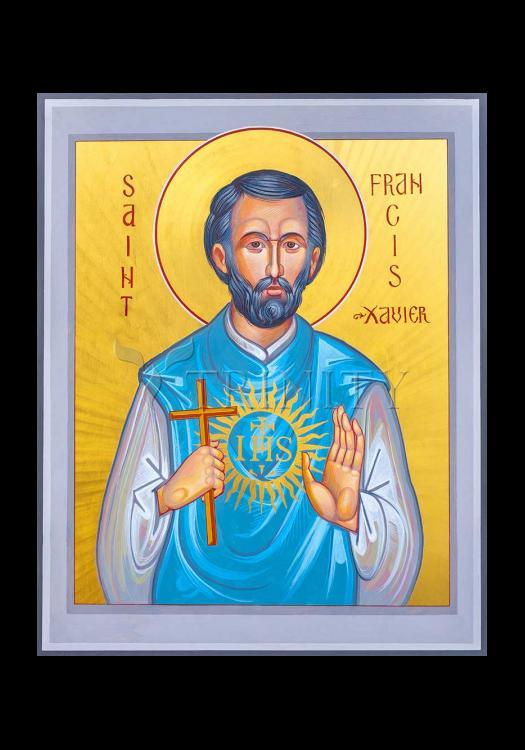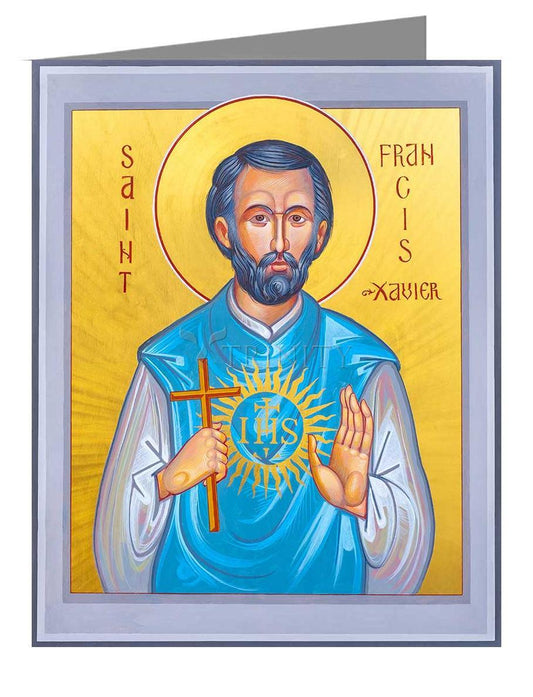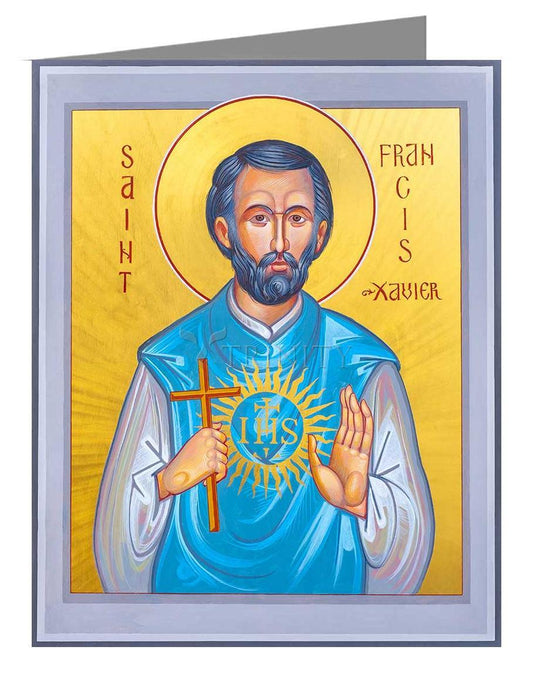While waiting in Venice, Italy, to depart for the Holy Land, Xavier worked in a hospital, aiding those in need. He also became a priest, on June 24, 1537. When fighting between Venice and the Ottoman Empire made a trip to Jerusalem impossible, Xavier instead went to Rome, where he and others in the society offered their services to the pope.
Impressed by the Jesuits, King John III of Portugal asked the order for missionaries to work in his empire. Though Loyola initially selected others for the task, Xavier stepped in when a fellow priest became ill. He left Rome on March 15, 1540.
Xavier arrived in Goa, India, on May 6, 1542. He came to be admired in that country for his ability to live and work side by side with the poor. Seeking more converts, Xavier continued to travel; his stops included Ceylon, the Molucca Islands, the Banda Islands and the Malay Peninsula.
On August 15, 1549, Xavier landed at Kagoshima, Japan. As he had at his other missions, Xavier adapted to local mores and arranged for the translation of religious texts. These steps helped him reach more converts in the year and a half he spent in Japan.
Xavier's next focus for missionary work was China. He traveled to Sancian (Shangchuan) Island, near Canton, but was not able to access the mainland because borders had been closed to foreigners. Before he could find a way inside the country, illness incapacitated Xavier. He died on the island on December 3, 1552, at the age of 46. His body was then taken to Goa.
Though he passed away at a relatively young age, Xavier had accomplished much in his life. In addition to being a founding member of the Jesuit order"the Society of Jesus was officially recognized by Pope Paul III in 1540"he baptized an estimated 30,000 people. Xavier was beatified by Pope Paul V in 1619 and canonized by Pope Gregory XV in 1622. A famed missionary himself, he is now the patron saint of missionaries.



